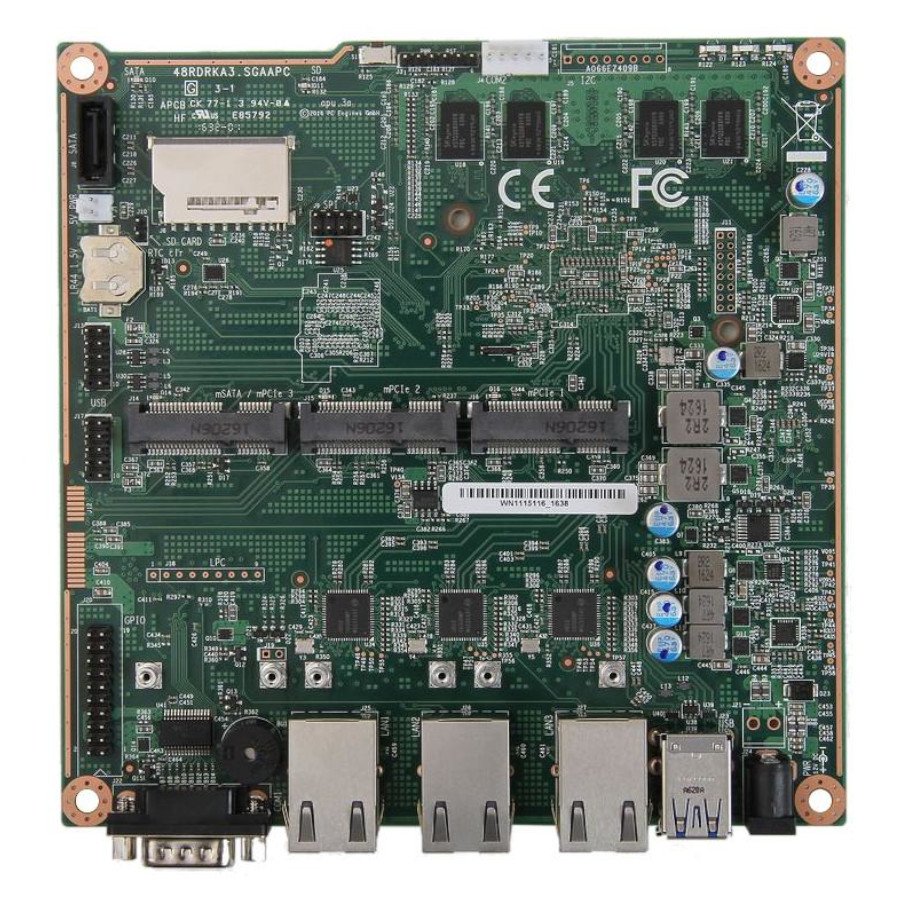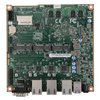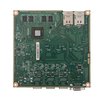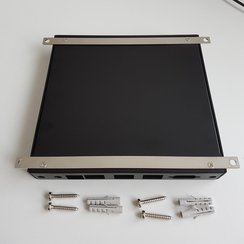
APU3D4 motherboard reviews
PC Engines APU3D4 - 3 LAN / quad core CPU / 4 GB RAM
2,076 SEK
(2,595 incl. SE 25% VAT)
Product is currently out of stock.
Consider APU4. Same price, more ports.
Looking for a complete APU3D4 system? Click here.
APU3D4 board specification
- CPU: AMD G series GX-412TC, 1.0/1.4Ghz, quad Jaguar core with 64 bit and AES-NI support, 32K data + 32K instruction cache per core, shared 2MB L2 cache.
- DRAM: 4 GB DDR3-1333 DRAM
- Storage: Boot from SD card (internal sdhci controller), external USB or m-SATA SSD. 1 SATA + power connector. mSATA is shared with miniPCI express.
- 12V DC, about 6 to 12W depending on CPU load. Jack = 2.5 mm, center positive
- Connectivity: 3 Gigabit Ethernet channels (Intel i211AT)
- I/O: DB9 serial port, 2 USB 3.0 external + 4 USB 2.0 internal, three front panel LEDs, pushbutton
- Expansion: 3 miniPCI express (J14 USB or mSATA, with SIM; J15 USB only, with SIM; J16: full miniPCI express, but no SIM, intended for wifi). GPIO header, optional I2C bus, COM2 (3.3V RXD / TXD).
- Board size: 6 x 6" (152.4 x 152.4 mm) - same as apu1d, alix2d13 and wrap1e.
- Cooling: Conductive cooling from the CPU to the enclosure using a 3 mm alu heat spreader (included).
SIM sockets can be swapped under GPIO control, enabling failover between two different networks even when only one modem is used. Another feature is the build option for a regular PCI express slot on the side.
Improvements in this version:
- Improve compatibility with LTE modem modules: Disconnect SMB_DAT / SMB_CLK signals (1.8V level on Quectel).
- Improve compatibility with LTE modem modules: No stuff diodes D4 / D17, option resistor bypass (extremely low VIL on Huawei modems, sensitive to incoming EMI).
- Optional SIM presence indicator / SIM card detect.
- Disable non-functional NCT5104D watchdog timer.
- Increase 3.3V current limit to allow for two simultaneous LTE modems.
- Some DFM changes.
See the comparison between APU2, APU3 and APU4 boards for more details.


